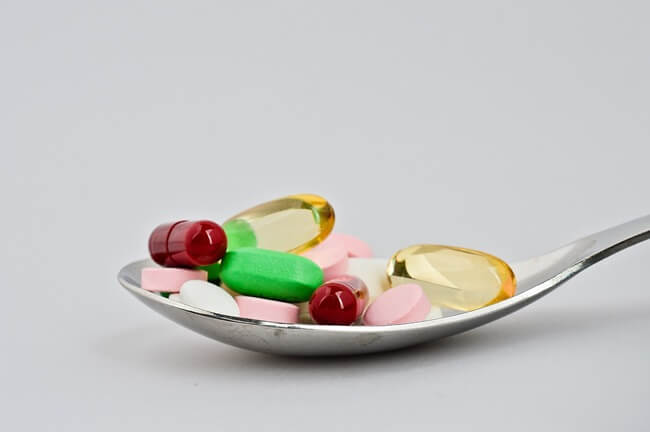Solubility
The solubility of the drug is important since our body contains normally 65% water. Water acts as an inert solvent, a dispersing medium for colloidal solutions and a nucleophilic reagent in numerous biological reactions in living matter. So, it is necessary to assess the water solubility of the drug. Solubility and membrane permeability are an important factor for any drug.
Only in the solution form, drug can interact with the cellular structure that carries the receptor and so solubility is highly significant physical property. Solubility is expressed in terms of its affinity/philicity or repulsion/phobicity for either an aqueous (hydro) or lipid (lipo) solvents. To reach the target site, drugs require both aqueous (plasma, extracellular fluids, cytoplasm etc.,) and lipid (biological membrane) solubility. Most of the drugs possess balanced solubility-having same degree of solubility in both aqueous and lipid layer. The most important intramolecular attractive forces (bonds) that governs solubility are
- Vander Waals forces of attraction
- Dipole-dipole bonding
- Ionic bonding
- Ion-dipole bonding
Importance of Solubility
- Orally administered drug either in solid or suspension form have to dissolve in gastric fluid (dissolution) before absorption and distribution to their site of action. The dissolution depends on drug solubility. The rate and extent of dissolution is the major factor in controlling the absorption of the drug. Once the drug enters the systemic circulation water solubility influences its transport to the body compartments available for that drug.
- Drugs that are sparingly soluble in water may deposit on route to their site of action which can clog up blood vessels and damage organs. For example. Crystallization of sulphonamides in the kidney.
- Sometime poor solubility is also essential in delivering the drug to the site of action, drug depots and chewable dosage form and to mask bitter taste of the drug. For example,
- Hydrolysis by water is main routes for the metabolism of the drug containing hydrolysable functional groups like ester or amine. For example, Local anaesthetics Lignocaine on hydrolysis gives 2, 6-dimethyl amine as a metabolite.
- Although successful drug exhibit solubility in both aqueous and lipid layer, there are few examples with solubility is only one of these phases correlates with pharmacological activity. For example, in a series of esters of p-amino benzoic acid, the length of the alkyl chain i.e., lipid solubility is proportional to local anaesthetics activity.
The water solubility of the lead compound can be improved by three general methods.
c) Use of special dosage form.
| Read More Topics |
| Factors affecting renal excretion of drugs |
| Clinical significance of protein binding of drugs |
| Physiological barriers for drug distribution |






